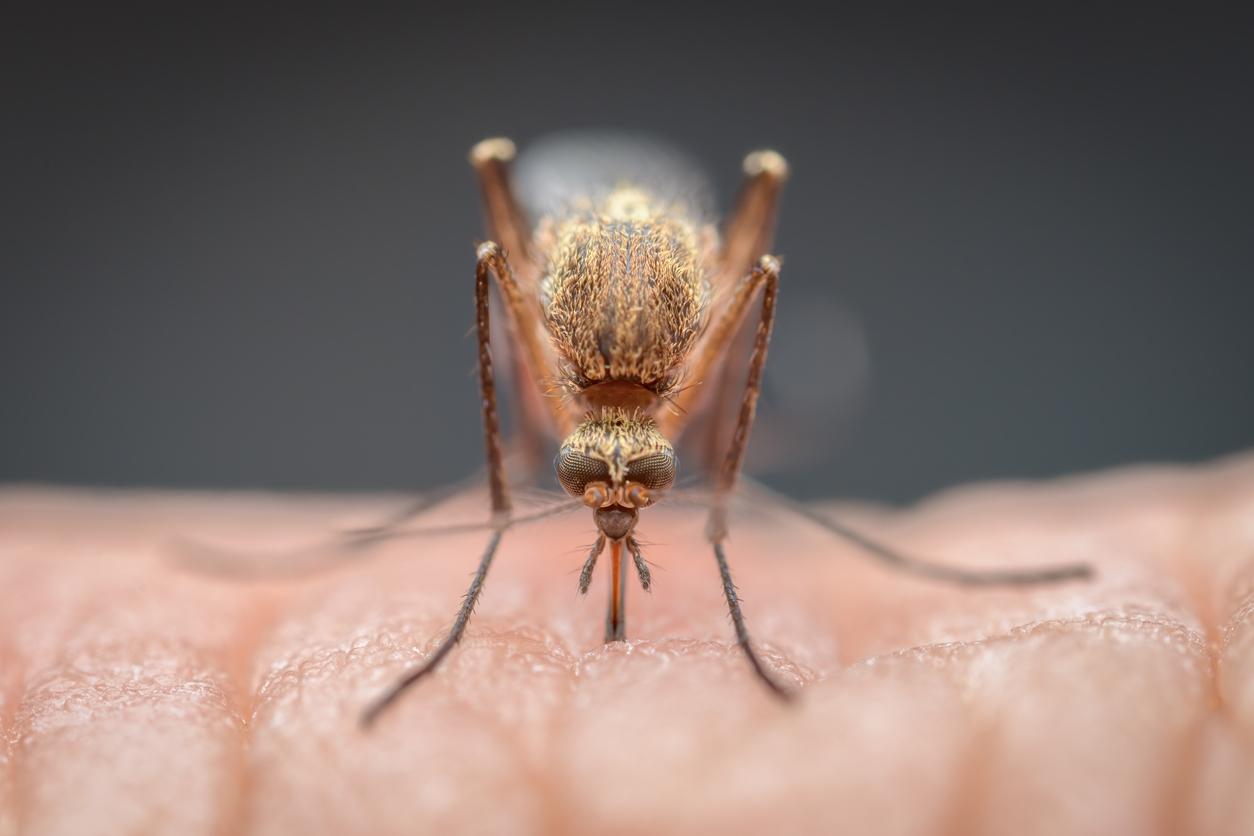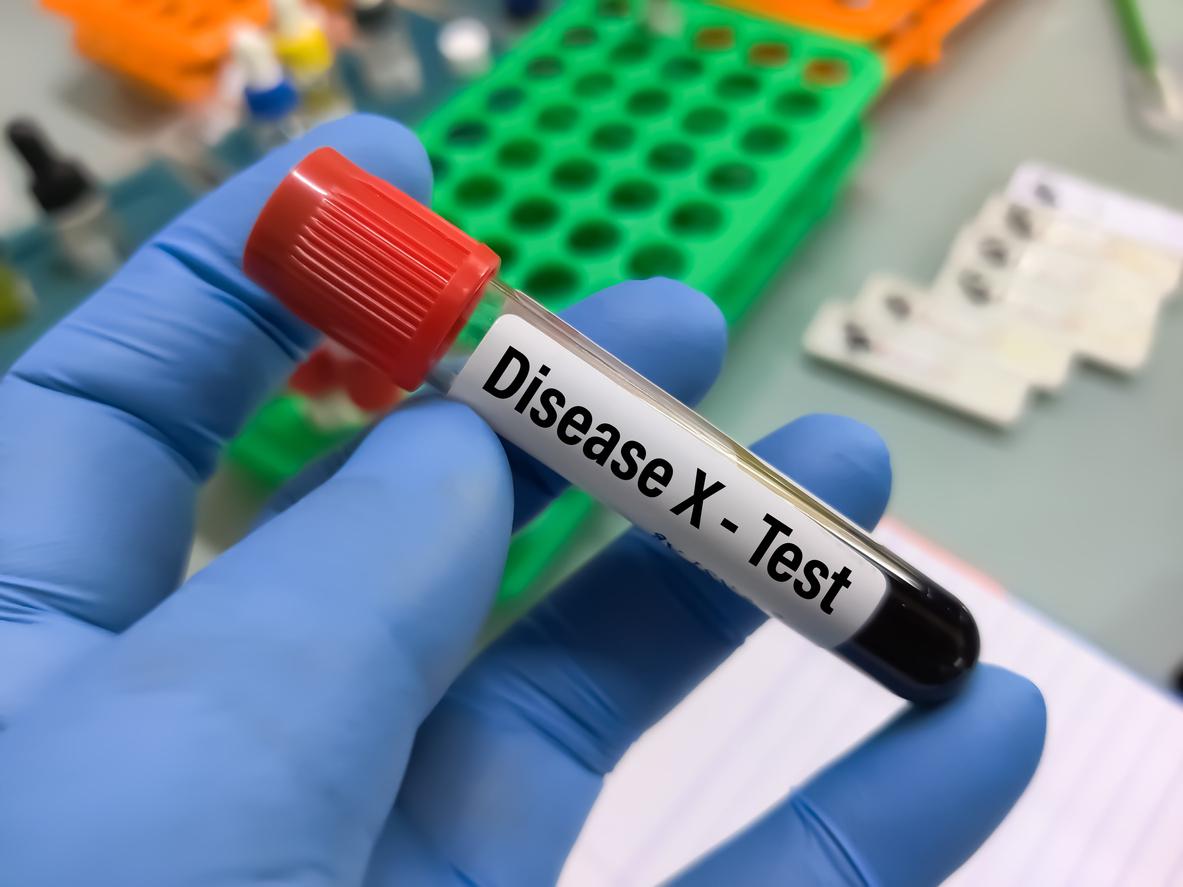As if Covid-19 were not enough, another pathology is developing in Canada: it is trench fever, a disease that was thought to have been eradicated since the Second World War.
Trench fever: what is it? Trench fever (also known as “five-day fever”, “Ukrainian fever”, “quintane fever” or even “tibialgia fever”) is an infectious disease caused by a bacterium: Bartonella. B. quintana.
This bacterium develops in certain arthropods (lice, fleas) and is transmitted to humans via a “break in the skin”: in other words, when you scratch, the droppings of infected lice and fleas cross the barrier of the skin and the bacteria enters the blood. It infests the red blood cells in particular: we speak of “intra-erythrocyte presence”.
Trench fever: what are the symptoms?
After an incubation period (this is the time between when the bacteria enters the body and the first manifestations of the disease) of 14 to 30 days, trench fever usually results in severe symptoms and brutal:
- A high fever (which can reach 40.5°C). The fever persists for 5 to 6 days, subsides and then rises again within 5 to 6 days.
- Abnormal fatigue (asthenia),
- Dizziness,
- Headaches (headaches) with pain behind the eyes,
- Joint pain (arthralgia) in the back and legs.
Trench fever: diagnosis and treatment
the diagnostic trench fever requires a blood test followed by a blood culture to highlight the pathogenic microorganism. This disease can be suspected in patients who live in precarious socio-economic conditions. the processing is based on the administration of antibiotics (doxycycline for example): healing is usually complete within 1 to 2 months.
In Canada, it was Dr. Carl Boodman, who practices at the Winnipeg hospital, who sounded the alarm: “there are small outbreaks of trench fever that occur among homeless urban populations, homeless people” he explained.
Problem : “the bacteria can stay alive for weeks or months on clothes, in the feces of body lice“adds the specialist. In France, the disease was observed recently in Marseille: in the United States, several cases of trench fever have been identified in homeless people.
Sources:
Read also :
Listeriosis: what are the right reflexes to prevent this bacterial disease?
Bacteria in makeup sponges
Australian seagulls carrying superbugs dangerous to humans

















